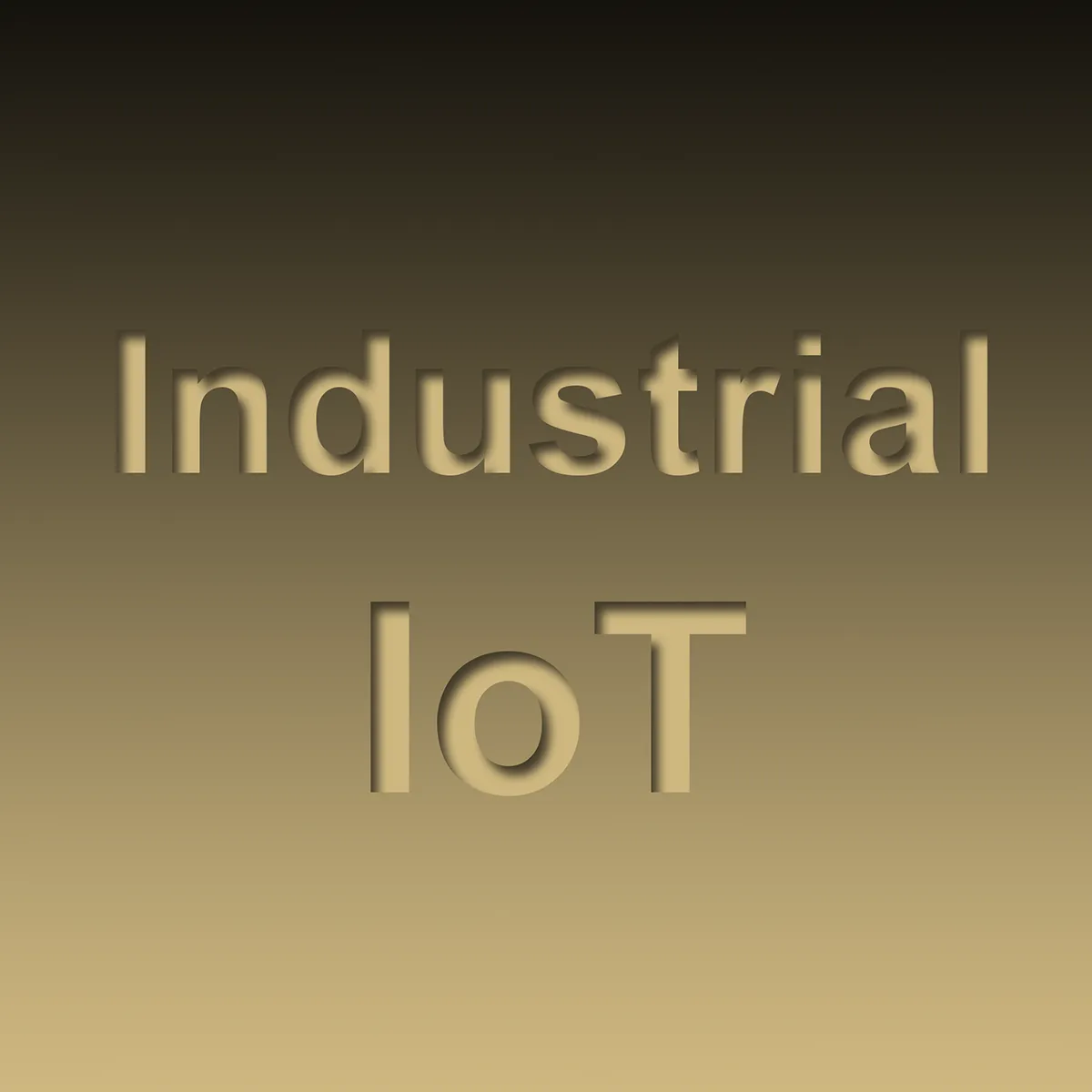
Introduction to Embedded Systems Software and Development Environments 
Learn how to develop software for embedded systems with this hands-on course on ARM based Microcontrollers. Gain real-world coding experience and learn how to implement software configuration management. Develop your skills in creating build systems using the GNU Toolchain GCC and using Git version control. Work with Linux on a Virtual Machine and create your own build system and firmware that can manipulate memory. This course is the perfect introduction to embedded systems software and development environments. Don't miss out on the opportunity to enhance your coding skills and work on exciting projects in this field. Enroll now! ▼
ADVERTISEMENT
Course Feature
![]() Cost:
Cost:
Free
![]() Provider:
Provider:
Coursera
![]() Certificate:
Certificate:
Paid Certification
![]() Language:
Language:
English
Course Overview
❗The content presented here is sourced directly from Coursera platform. For comprehensive course details, including enrollment information, simply click on the 'Go to class' link on our website.
Updated in [September 15th, 2023]
What does this course tell?
(Please note that the following overview content is from the original platform)
Welcome to the Introduction to Embedded Systems Software and Development Environments. This course is focused on giving you real world coding experience and hands on project work with ARM based Microcontrollers. You will learn how to implement software configuration management and develop embedded software applications. Course assignments include creating a build system using the GNU Toolchain GCC, using Git version control, and developing software in Linux on a Virtual Machine. The course concludes with a project where you will create your own build system and firmware that can manipulate memory.The second course in this 2 course series , Embedded Software and Hardware Architecture, will use hardware tools to program and debug microcontrollers with bare-metal firmware. Using a Texas Instruments MSP432 Development Kit, you will configure a variety of peripherals, write numerous programs, and see your work execute on your own embedded platform!
We consider the value of this course from multiple aspects, and finally summarize it for you from three aspects: personal skills, career development, and further study:
(Kindly be aware that our content is optimized by AI tools while also undergoing moderation carefully from our editorial staff.)
What skills and knowledge will you acquire during this course?
By taking this course, the student will acquire skills and knowledge in software configuration management, developing embedded software applications, using the GNU Toolchain GCC, using Git version control, developing software in Linux on a Virtual Machine, and creating a build system and firmware that can manipulate memory. Additionally, the student will learn how to program and debug microcontrollers with bare-metal firmware, configure a variety of peripherals, and write numerous programs.
How does this course contribute to professional growth?
This course on Introduction to Embedded Systems Software and Development Environments offers significant contributions to professional growth. By providing real-world coding experience and hands-on project work with ARM based Microcontrollers, it equips professionals with practical skills that are highly sought after in the industry.
Through this course, individuals will learn how to implement software configuration management and develop embedded software applications. This knowledge is crucial for professionals working in the field of embedded systems, as it allows them to effectively manage and control software development processes.
The course also focuses on teaching students how to create a build system using the GNU Toolchain GCC and utilize Git version control. These skills are essential for professionals as they enable efficient collaboration and version control in software development projects.
Additionally, the course emphasizes developing software in Linux on a Virtual Machine, which is a widely used operating system in the industry. This experience not only enhances technical proficiency but also familiarizes professionals with the tools and environments commonly used in embedded systems development.
Furthermore, the course concludes with a project where individuals are required to create their own build system and firmware that can manipulate memory. This hands-on project work allows professionals to apply the knowledge gained throughout the course and further strengthen their practical skills.
Overall, this course on Introduction to Embedded Systems Software and Development Environments significantly contributes to professional growth by providing real-world coding experience, teaching essential skills in software configuration management and development, and offering hands-on project work with ARM based Microcontrollers. These skills and experiences are highly valuable in the industry and can greatly enhance one's career prospects in the field of embedded systems.
Is this course suitable for preparing further education?
Yes, this course is suitable for preparing further education. It provides students with real-world coding experience and hands-on project work with ARM based microcontrollers. It also covers topics such as software configuration management, developing embedded software applications, creating a build system using the GNU Toolchain GCC, using Git version control, and developing software in Linux on a Virtual Machine. The course also concludes with a project where students can create their own build system and firmware that can manipulate memory.
Course Provider

Provider Coursera's Stats at AZClass
Discussion and Reviews
0.0 (Based on 0 reviews)
Explore Similar Online Courses

Modeling and Debugging Embedded Systems

Introduction to FPGA Design for Embedded Systems

Python for Informatics: Exploring Information

Social Network Analysis

Introduction to Systematic Review and Meta-Analysis

The Analytics Edge

DCO042 - Python For Informatics

Causal Diagrams: Draw Your Assumptions Before Your Conclusions

Whole genome sequencing of bacterial genomes - tools and applications

M2M & IoT Interface Design & Protocols for Embedded Systems

UX and Interface Design for Embedded Systems


Start your review of Introduction to Embedded Systems Software and Development Environments